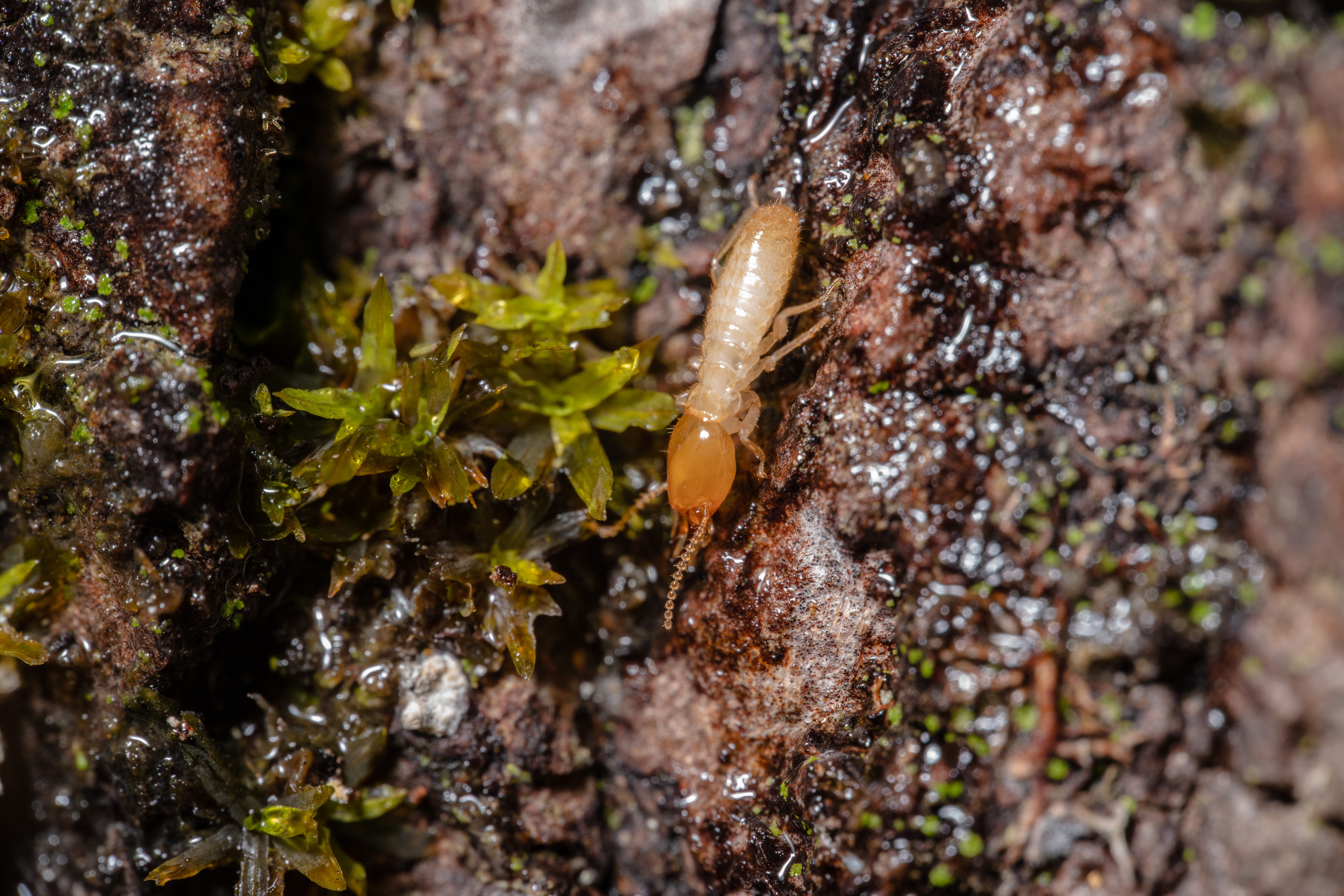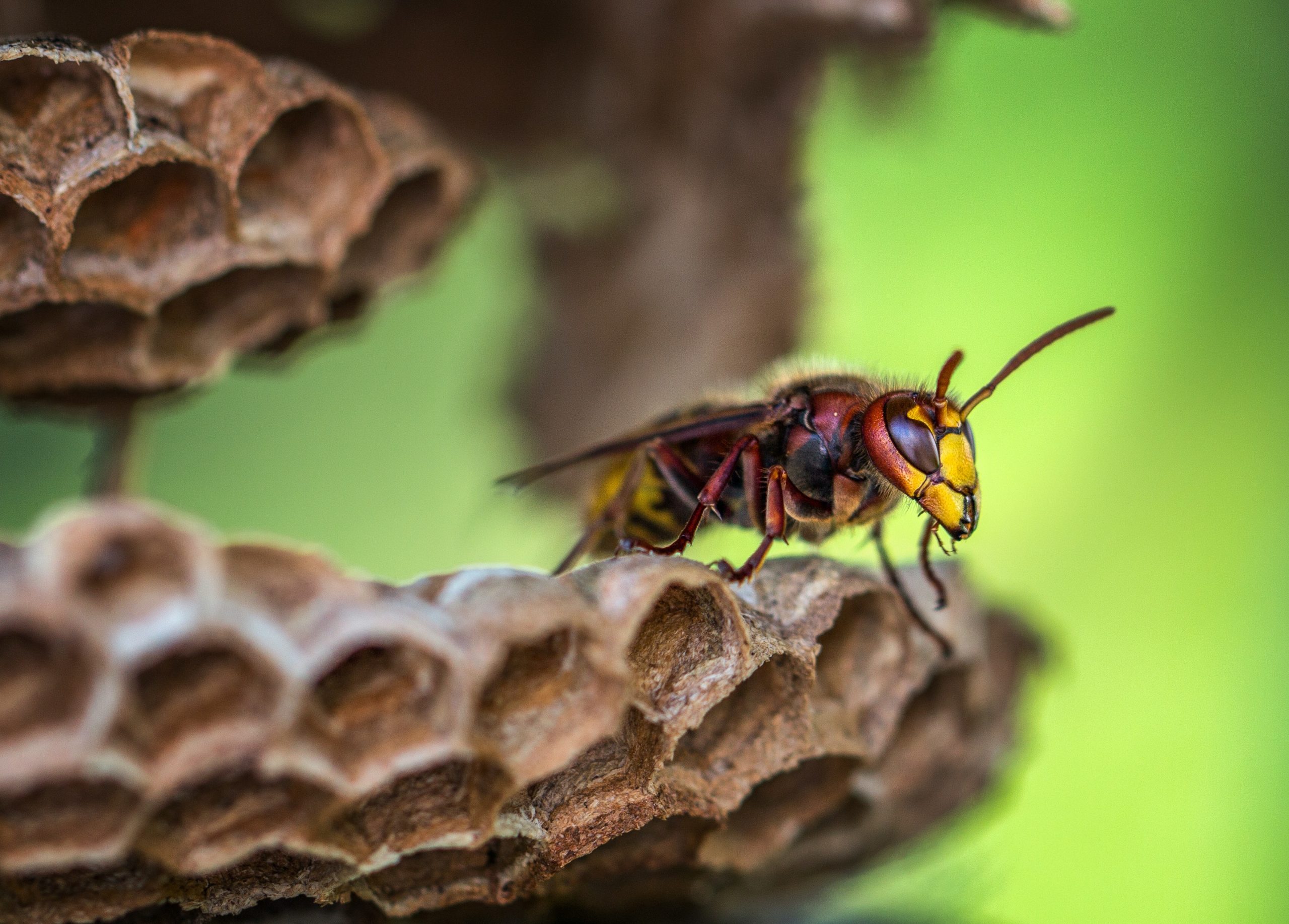
Most common pests in Arkansas
In Arkansas, some of the most common pests you may encounter include:
Mosquitoes: Mosquitoes are prevalent in Arkansas, particularly during the warmer months. They can be a nuisance and also pose health risks by transmitting diseases such as West Nile virus and Zika virus.
Ticks: Ticks are common in wooded areas and grassy regions of Arkansas. They can carry diseases such as Lyme disease, Rocky Mountain spotted fever, and tularemia.
Ants: Different species of ants can be found in Arkansas, including fire ants, carpenter ants, and odorous house ants. They can infest homes, damage structures, and contaminate food.
Termites: Subterranean termites are a significant concern in Arkansas. They can cause extensive damage to wooden structures, including homes and buildings.
Spiders: Various spider species are found in Arkansas, including black widows and brown recluse spiders. While most spiders are harmless, these two species can deliver venomous bites that may require medical attention.

Cockroaches: Both German cockroaches and American cockroaches are common in Arkansas. They can infest homes, contaminate food, and trigger allergies or asthma in some individuals.
Rodents: Rats and mice can be a problem in Arkansas, especially in urban areas. They can damage property, contaminate food, and transmit diseases.
Bed bugs: Bed bugs are a persistent problem in many areas, including Arkansas. They can infest homes, hotels, and other establishments, causing itchy bites and sleep disturbances.
Fleas: Fleas are often encountered in Arkansas, particularly if you have pets. They can bite humans and animals, causing itching and transmitting diseases.
Stinging Insects: Arkansas is home to various stinging insects, such as wasps, bees, and hornets. They can pose a threat to individuals who are allergic to their stings.

Flies: Flies, including house flies and fruit flies, can be found throughout Arkansas. They can be a nuisance and carry diseases, contaminating food and surfaces.
Wildlife Nuisances: Arkansas is home to various wildlife species that can become pests when they encroach on human habitats. This includes raccoons, squirrels, skunks, opossums, and snakes.
Beetles: Several beetle species are prevalent in Arkansas, including ladybugs, carpet beetles, and powderpost beetles. While ladybugs are generally considered beneficial, carpet beetles and powderpost beetles can cause damage to fabrics and wooden structures, respectively.
Silverfish: Silverfish are small, wingless insects that thrive in humid environments. They can infest homes and feed on paper, glue, fabric, and other organic materials.
Moths: Moths, such as clothes moths and pantry moths, can be problematic in Arkansas. Clothes moths can damage fabrics, while pantry moths infest stored food items.
Wasps: Besides the stinging insects mentioned earlier, Arkansas is also home to other wasp species, including paper wasps and mud daubers. They can build nests around buildings and pose a threat if disturbed.
It’s important to take appropriate measures to prevent and manage these pests, such as maintaining cleanliness, sealing entry points, and seeking professional pest control services if necessary. West Termite, Pest & Lawn is ready to help you tackle any of these or other Arkansas pests. Call us today!
More posts from West Termite, Pest & Lawn
Top 5 Spring Pests in Arkansas and How to Keep Them Out
Looking to protect your home this spring? Pest season in Arkansas starts as early as March, and if you’re not prepared, you could find yourself sharing your space with ants, termites, mosquitoes, spiders, or wasps. In this guide, we will cover the top five spring...
Spring Into Action: Preventing Termite Infestations in Arkansas Homes
Termite infestations are a serious concern for homeowners in Arkansas, especially during the spring when these pests become most active. Preventing termite infestations early can save you from expensive structural damage and long-term headaches. Termites thrive in the...
Early Spring Lawn Care Tips: How to Keep Your Arkansas Yard Healthy
A healthy lawn starts in early spring. If you want lush, green grass by summer, the groundwork begins as the weather warms and the soil softens. The right early spring lawn care routine is essential for homes in Arkansas, where fluctuating temperatures and humidity...



